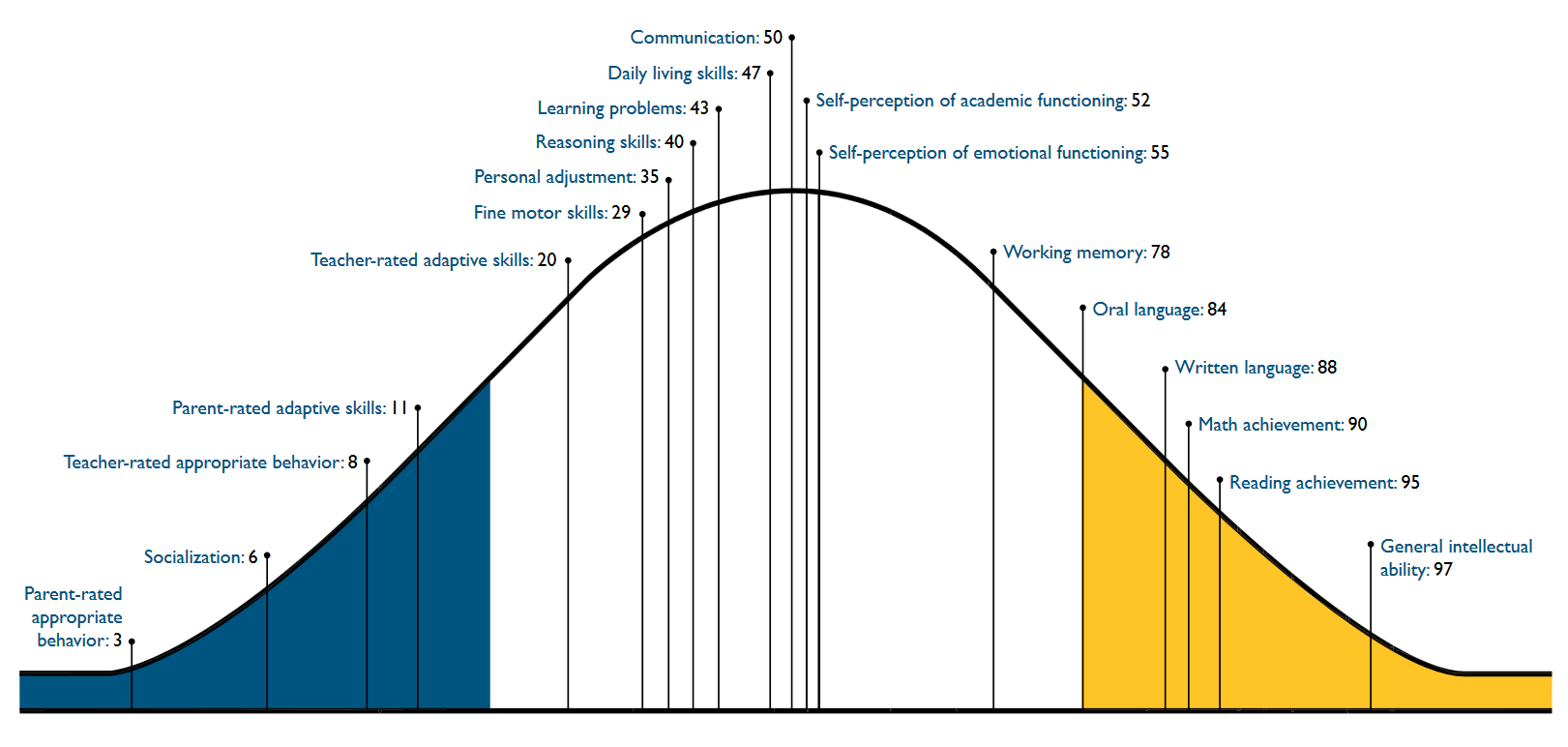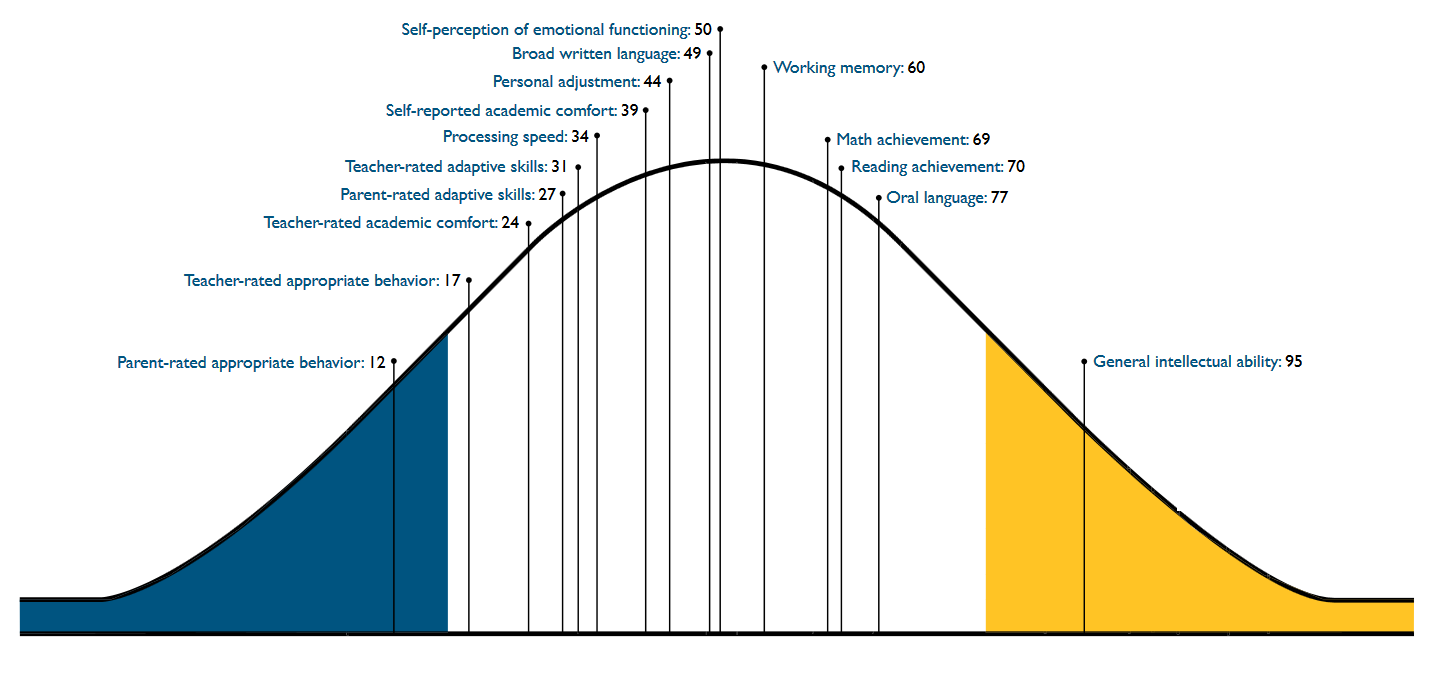Why can’t my child excel and have a difficulty/disability at the same time? (Part 2)
Following on from my previous post, part 1 of 'Why can’t my child excel and have a difficulty/disability at the same time?' where we explored what Dual Multiple Exceptionality (DME) and identification was. As a continuation, this post will consider case studies and reflective questions for practitioners on DME.
Identification of DME
The Graduated Approach of assess, plan, do and review, introduced through the 0-25 years SEND Code of Practice 2015 directs teachers and practitioners to adopting a more investigative and evidence-based approach to SEND. This cycle when embedded in a whole-setting approach delivers a holistic and systematic approach to identification, combining informal and formal assessments. In other words, the process involves looking at life skills, social skills, language, theory of mind, literacy, memory, parents and schools’ expectations/aspirations and background, to name a few.
Identification activities to support the recognition of DME could include tasks, observations, questionnaires, interviews, play, academic assessments, as well as standardised assessments such as the WISC-V and the SDQ (Strengths and Difficulties Questionnaire). For non-verbal pupils, the Stephen Hawking in our classrooms or for pupils for whom English is an additional language, do look at the Wechsler Nonverbal Scale of Ability (WNV) 2006. This is not used in formal assessments as much as it could; especially pupils with cerebral palsy, aphasia, expressive language disorders, receptive language disorders, physical disabilities or complex needs. As commissioners, SEND leaders could encourage Educational Psychologists to use nonverbal standardised tests that help reveal hidden potential.
How to make it happen
For me, open dialogue is at the heart of assessment. Making time to observe and listen. The report What makes great teaching? (2014) by The Sutton Trust identified two elements of classroom practice that hold the strongest evide
- teachers understanding the learner in relation to the subject and how the student identifies misconceptions i.e. teacher -pupil relationship
- effective questioning and use of assessment to support point 1 above.

Two elements of classroom practice - The Sutton Trust
I thought I would end with a few case studies and share the holistic assessment data. The examples cited mirror what I use to do as a SEND Advisory Teacher when submitting a report for statutory assessment. In other words, look at the whole child. The names are pseudonyms and the layout serves to model a different approach to the Bell Curve. It supports Niall Cooke’s (2011) blog proposal of introducing an individualised mountain curve called the success zone.
Case study 1:
Meet Dan: a child with Autism, his Bell Curve profile is given below. From early years, Dan demonstrated high comprehension ability and mathematical skills. However, his behaviour, social communication difficulties and emotional outbursts in school left his parents with no alternative but to place him in an independent setting. His academic abilities continued to excel and this created an even wider gap between him and his peers. Dan was encouraged to pursue his academic interests. Simultaneously, out of school an 18-month personal management training programme was set up to deal with behaviours such as noncompliance, impulsivity, anger outbursts and anxiety.
Unfortunately, whilst the management training had some impact, his behaviour in school deteriorated whilst academically he was accelerating. Thus, increasing the tension. Dan’s parents moved Dan to a mainstream school and the new pace of expectations appeared to have a calming effect. Regular dialogue between school and home helped and Dan was placed on medication for his anxiety.

Source: PIP-2 Belin-Blank Center for Gifted Education and Talent Development (Dan/ASD)
Case study 2:
This is Mandy: Mandy has a specific learning difficulty, but is also very able. Early identification however, did not lead to the right support being put in place. Mandy missed out on fine-motor co-ordination interventions support and two years later her difficulties now so serve were recognised as a disability. Mandy continued to excel academically. At school, on-going use of a computer for written work, provision of extra time for written assignments, reduction in the length of handwritten assignments was encouraged. Simultaneously Mandy was required to complete higher level thinking tasks to demonstrate deeper understanding. Voice recognition software was also used on some occasions.

Source: PIP-2 Belin-Blank Center for Gifted Education and Talent Development (Mandy/SpLD)
Other examples in England, where I believe effective support for DME has been put in place is the use of Lego Therapy and the development of Robotics Clubs in schools. The key, I believe is understanding the thinking schema of each child. Their own unique thinking thread and then harnessing opportunities of learning through their thinking thread. This is differentiation and personalisation working together (0-25 SEND Code of Practice 2015 p25).
So, as a practitioner and leader, what will you take away?
- Are you aware of any children or young people in your care who have DME? What provision is in place for them?
- Do you have a broad range of assessment data that you can draw upon to deliver a holistic approach to the Graduated Approach?
- How could you employ a single Bell Curve approach per pupil? What would be the advantages or challenges?
- What are your next steps?
Advice and Parental support:
Useful book:
Nutbrown, C. (2011) Threads of Thinking Schemas and Young Children’s Learning (SAGE Publications Ltd).
About the author:
Anita Devi is an Educational Consultant, Policy Developer, Change Strategist and Trainer with international teaching/ leadership experience from Early Years to postgraduate. Her passion is promoting the ‘Joy of Learning’. Anita has previously worked as a SEN Advisory Teacher as well as SEN School Improvement Advisor.